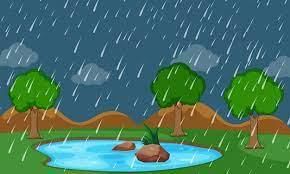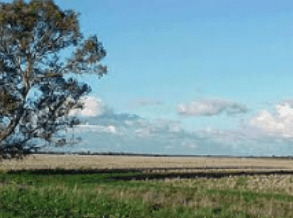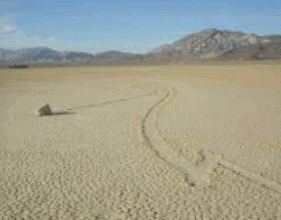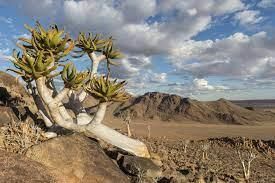Our Earth - 1 Class 2 Worksheet SST
Q1: Fill in the Blanks.
(i) An ______ is a piece of land surrounded by water on all sides.
Ans: An Island is a piece of land surrounded by water on all sides.
A piece of land that is completely surrounded by water on all sides is known as an island. A group of islands is called an archipelago.
(ii) ______ is the purest source of water.
Ans: Rainwater is the purest source of water.
Rainwater is the purest source of natural water. In the case of the sun, the rainwater comes straight from the condensation of vapor. The water evaporates from ponds, lakes, and rivers.
(iii) Flat lands are called ______.
Ans: Flat lands are called Plain.
The flat land is called 'Plain'.
Q2: Multiple Choice Questions (MCQs).
(i) The lowlands between the hills or mountains is known as
(a) hill
(b) mountain
(c) valley
(d) plain
Ans: (c)
A valley is a stretch of low land between two mountain or hill ranges.
(ii) A large area of dry land covered with sand is called a
(a) pond
(b) river
(c) desert
(d) mountain
Ans: (c)
A large area of land covered with sand is called desert.
Q3: Match the Following.
 Ans:
Ans:

Q4: Oral Questions.
(i) Name the various landforms present on the earth.
Ans: Mountains, hills, plateaux, and plains are the four major types of landforms on the earth.
(ii) How is our earth unique?
Ans: The third planet from the sun, Earth is the only place in the known universe confirmed to host life. Earth is the fifth largest planet in our solar system, and it's the only one known for sure to have liquid water on its surface.
Q5: True and False.
(i) High hills are called plains.
Ans: False
A high land with a round top is called a hill. Very high hills with sharp tops (peaks) are called mountains.
(ii) The flat top of a plateau is called a tableland.
Ans: True
Plateaus are called 'tablelands' as they resemble tables in the sense that they are elevated and high.
(iii) Small water-body is called pond.
Ans: True Pond – a body of water smaller than a lake, especially those of artificial origin.
Pond – a body of water smaller than a lake, especially those of artificial origin.
Q6: Answer the Following Questions.
(i) What is the difference between an island and a hill?
Ans:
- Hill – A hill is a land that is shorter and rounder than mountains. But are higher than their surrounding areas.
- An island is a piece of ground that is surrounded by a body of water such as a lake, river or sea. Water is all around an island. Islands are smaller than continents.
(ii) Where do we live?
Ans: We live in India.
(iii) Name the various water-bodies present on the earth.
Ans: Various water bodies are:
- Oceans.
- Seas.
- Lakes.
- Rivers and Streams.
- Glaciers.
- Ponds.
(iv) Why do deserts have few plants?
Ans: Very few plants are found in deserts because the desert has a very difficult terrain and climate. Very few plants are able to adapt to the desert conditions and survive in the hot and dry climate.
|
1 videos|494 docs
|
FAQs on Our Earth - 1 Class 2 Worksheet SST
| 1. What is the article "Our Earth - 1 Class 2" about? |  |
| 2. What are some important features of the Earth mentioned in the article? |  |
| 3. How does the Earth benefit living organisms? |  |
| 4. Why is it important to take care of the Earth? |  |
| 5. How can individuals contribute to the conservation of the Earth? |  |
















